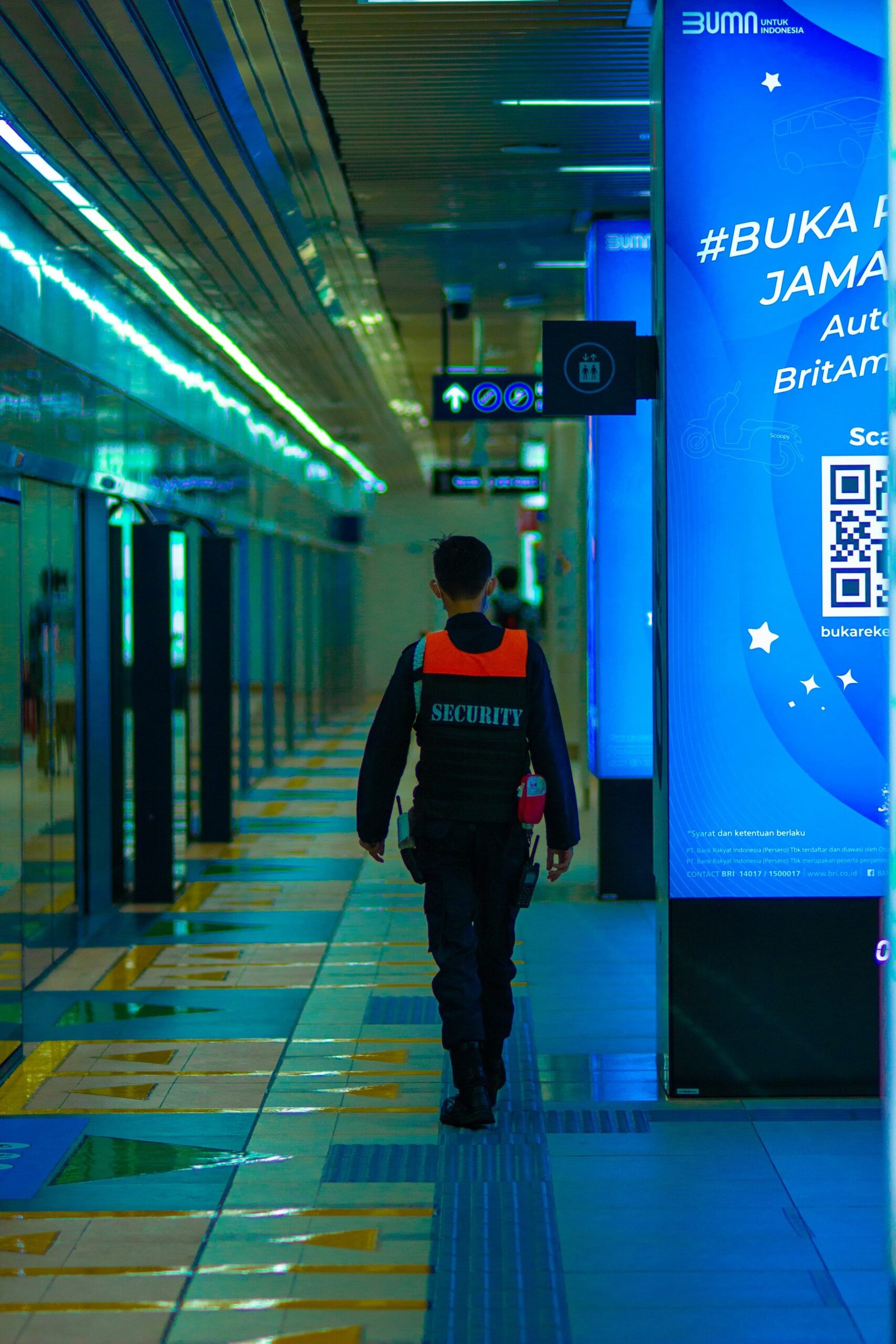Understanding Threat Modeling
Threat modeling is a structured approach used in cybersecurity to identify, evaluate, and mitigate potential threats and vulnerabilities within systems or applications. This process is crucial for organizations aiming to safeguard their assets and ensure the confidentiality, integrity, and availability of their information. By consistently assessing risks, organizations can better anticipate and defend against cyberattacks.
The significance of threat modeling becomes evident through its systematic framework. The first step involves asset identification, where critical resources and data are recognized. Understanding which assets are valuable enables organizations to prioritize their protection measures effectively. Following this, threat categorization is employed to classify potential threats that could impact identified assets. This categorization often includes various elements such as insider threats, external attacks, and natural disasters, allowing teams to develop a comprehensive understanding of potential risk vectors.
Several traditional methodologies exist to facilitate the threat modeling process. Among the most prominent frameworks are STRIDE and PASTA. STRIDE is a threat modeling framework that categorizes threats into six types: Spoofing, Tampering, Repudiation, Information Disclosure, Denial of Service, and Elevation of Privilege. This approach helps organizations conceptualize and categorize potential threats systematically. On the other hand, PASTA, or Process for Attack Simulation and Threat Analysis, focuses on simulating attacks from an adversary’s perspective, allowing for an in-depth understanding of vulnerabilities within a system.
Utilizing these methodologies ensures a thorough examination of potential security threats and vulnerabilities, supporting proactive measures and strategic decision-making. By integrating effective threat modeling practices into the cybersecurity framework, organizations are better equipped to fortify their defenses. This foundational knowledge sets the stage for exploring how generative AI can enhance these processes, offering new insights and efficiencies in identifying and mitigating risks.
The Role of Generative AI in Threat Identification
The integration of generative AI into threat modeling represents a significant advancement in the field of cybersecurity. Generative AI demonstrates remarkable capabilities in areas such as pattern recognition, data synthesis, and simulation, which are instrumental in the identification of potential threats. Traditional threat modeling practices often rely on historical data and human intuition, which can be limited in scope and efficiency. In contrast, generative AI algorithms can process vast amounts of data to uncover subtle patterns that may indicate emerging threats.
One of the key contributions of generative AI is its ability to synthesize data from various sources. By leveraging machine learning models, AI systems can analyze real-time data and identify anomalies that could signify vulnerabilities or potential attacks. This extensive analysis enables organizations to be proactive rather than reactive in their threat identification efforts. The rapid pace at which generative AI can analyze large datasets means that potential threats can be identified and addressed much quicker than through traditional methods.
Simulations powered by generative AI also facilitate realistic threat modeling scenarios. By generating synthetic environments and adversarial behaviors, these tools can model how potential threats might unfold in various contexts. This capability not only enhances the understanding of existing vulnerabilities but also helps in predicting future attack vectors, providing organizations with essential insights for bolstering their security posture.
Several tools and platforms currently utilize generative AI to enhance threat modeling processes. For instance, platforms such as Darktrace leverage AI to detect deviations from normal patterns of behavior in a network, thereby identifying possible intrusions. Similarly, tools like Microsoft’s Azure Security are integrating AI-driven analytics to improve threat detection efficiency. These innovations represent a paradigm shift in how organizations approach threat identification, ensuring a more comprehensive understanding of the threats they face.
Enhancing Risk Assessment through AI
Generative AI is revolutionizing the landscape of risk assessment in threat modeling by leveraging advanced algorithms to analyze extensive datasets rapidly and efficiently. Traditionally, organizations relied on manual methods and human intuition to gauge potential threats, which could often lead to inaccuracies and missed opportunities for mitigation. With the integration of AI technologies, businesses can harness vast amounts of information from various sources, including historical incident reports, vulnerability databases, and threat intelligence feeds, to generate reliable assessments of risk levels associated with numerous threats.
One of the key advantages of utilizing generative AI in risk assessment is its ability to minimize false positives, a common hurdle in threat detection. By employing machine learning techniques, AI systems learn from previous data points to differentiate between legitimate threats and benign anomalies. This refinement enhances the accuracy of risk assessments, enabling organizations to concentrate their resources on genuinely concerning vulnerabilities. Consequently, teams can prioritize their defenses more effectively, ensuring critical assets receive the necessary attention.
Additionally, generative AI plays a vital role in scenario analysis, where it simulates various threat landscapes to predict potential exploits. This capability allows organizations to model how specific vulnerabilities could be exploited under different conditions, thereby facilitating deeper insights into the effectiveness of existing countermeasures. By employing these analyses, businesses can strategically bolster their security frameworks and allocate resources proportionately, ultimately enhancing their overall resilience against emerging threats.
Incorporating generative AI into the risk assessment phase of threat modeling not only streamlines the process but also empowers organizations to make informed decisions. As organizations adapt to the continuously evolving threat landscape, embracing AI’s potential to enhance risk assessment will be essential in fortifying their defenses and safeguarding critical assets from potential attacks.
Challenges and Ethical Considerations
As organizations increasingly integrate generative AI into threat modeling, several challenges and ethical considerations emerge that warrant careful examination. One critical issue is the potential for biases inherent in AI algorithms. These biases may stem from the data used to train the models, which can reflect societal prejudices or historical inaccuracies. When employed in threat modeling, biased AI systems may provide skewed assessments, leading to misinformed security strategies that neglect significant threats or disproportionately focus on particular vulnerabilities.
Additionally, there exists a risk of over-reliance on generative AI systems. While AI can enhance efficiency and provide insights that may not be readily apparent to human analysts, excessive dependence on automation can lead to complacency. Cybersecurity threats evolve rapidly, and automated systems may not always adapt to new patterns or tactics employed by malicious actors. Therefore, it is crucial to maintain a balanced approach that incorporates both AI capabilities and human expertise in the decision-making process.
Human oversight remains a fundamental element of effective threat modeling. Cybersecurity experts bring contextual understanding, intuition, and ethical reasoning that AI lacks. Their expertise is invaluable in interpreting AI-generated data and determining appropriate responses to identified threats. Furthermore, professionals can invoke ethical considerations that AI might overlook, ensuring that security measures align not only with technical requirements but also with the organization’s values and societal standards.
In order to establish a successful cybersecurity strategy that harnesses the power of generative AI while mitigating its challenges, organizations must emphasize a collaborative approach. This entails fostering a synergistic relationship between AI and human analysts, wherein each complements the other’s strengths. It is only through such collaboration that threats can be effectively managed, paving the way for a secure digital landscape.









